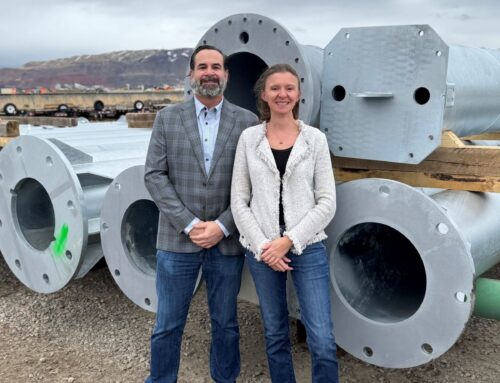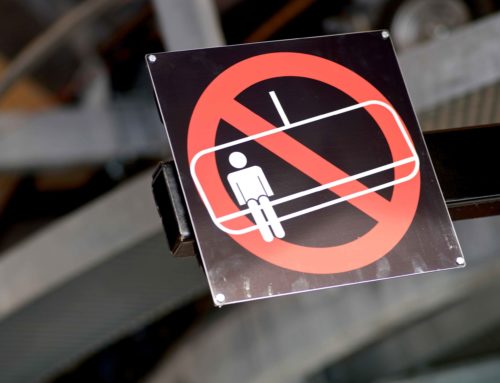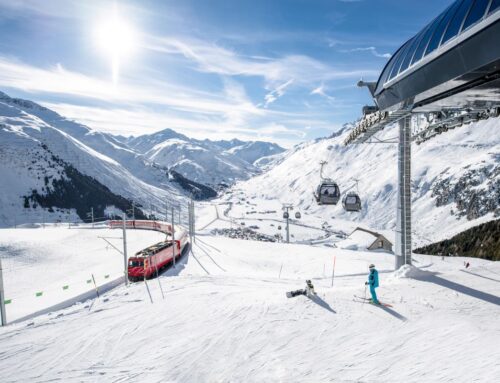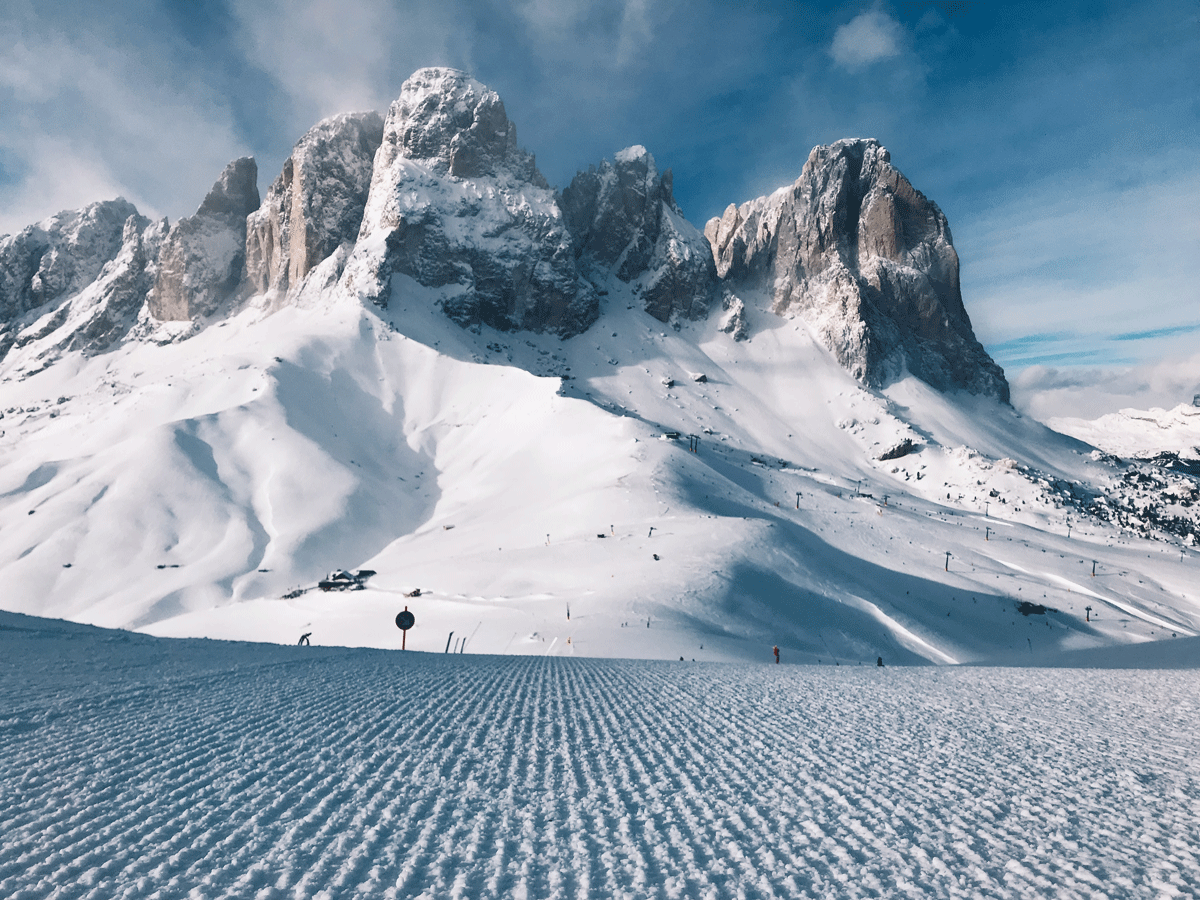
Management & Tourism
Season review: Positive statistics in the Alpine region
Although ski resorts had to struggle with a lack of snow, the statistics from the International Report on Mountain, as well as from Swiss Ski, the Swiss cable cars and Ski Austria, definitely show a positive picture for the season. Snowfall in mid-January and during the Easter vacations made up for the season’s lack of snow.
Despite inflation and increased energy prices, it became clear: the desire to ski is still present in Austria, Germany and Switzerland. In general, a similar picture emerged in the Alpine region in terms of guest numbers.

Statistics in Switzerland vary
Depending on the altitude of the ski resorts, the season in Switzerland was definitely very good. Lower regions, on the other hand, recorded a mixed season. In a long-term comparison, Swiss mountain railroads were able to maintain the 5-year average.
Sales, for example, were only two percent lower. Sales in passenger transport increased by five percent. In the important regions such as Valais (plus eight percent) and Graubünden (plus one percent), the number of guests even increased a little in the 2023 winter season.
Graphic: Schweizer Seilbahnen
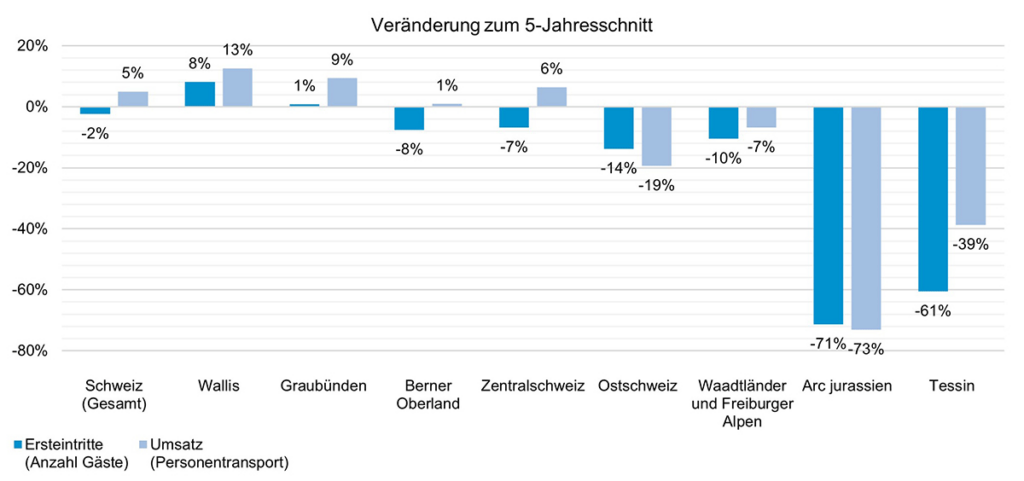

Stable season in Germany
Fluctuations in the weather presented challenges for German ski resorts in the 2022/23 season. Together with fresh snow and artificial snowmaking, good guest numbers were achieved, at least in February.
However, a weak December and January resulted in visitor numbers that fell short of the previous year’s winter despite good visitor numbers in February, according to the Association of German Cable Cars.

Austria slightly below pre-crisis level
Despite the lack of natural snow at lower ski resorts, Austria saw a strong increase in overnight stays during the winter season in April, even surpassing overnight stays in 2019. According to Österreich Werbung, one possible reason was the Easter vacations being brought forward.
In March 2023, 12.9 million overnight stays were made in Austrian accommodation establishments, according to Statistics Austria. Compared to March 2019, this represents a sharp decline of 13.7 percent. In contrast, the number of overnight stays in January (-0.8 percent) and February (-2.3 percent) was only slightly below the pre-crisis level.
As snow conditions improved in April, more ski vacations than in 2019 were likely booked during this period, offsetting the poorer February and March. With more favorable snow conditions, the winter season might have been even more successful.
“It became apparent that demand from Austria was even better than expected, but at the same time the trend away from longer vacations towards day trips continued,” said Franz Hörl, chairman of the WKÖ Fachverband der österreichischen Seilbahnen.
In principle, however, the summary of the season is positive in view of the visible demand for skiing in Austria.

Successful season for Italy
Italian ski resorts have been lucky this season compared to other regions in the Alps, according to the president of the Italian Association of Cable Car Operators (Anef), Valeria Ghezzi in an interview with the AGI news agency.
Compared to last year, 15 percent more guests used the lifts. Sales of day ski passes (up 41 percent), weekly ski passes (up 15 percent) and season passes (up 16 percent) in the Dolomiti Superski ski association also increased. Overall, all Italian ski provicos showed positive figures.
According to Ghezzi, without the increased energy costs, which had dampened sales, it would be possible to speak of one of the best winter seasons in Italy. One reason for the season’s success, he said, was the broad positioning of Italian ski resorts, which were able to offer guests an attractive range of experiences with winter hikes and cultural events, regardless of the snow conditions.

Outlook for the summer season
Looking ahead to the coming summer season, the forecasts paint a thoroughly positive picture. According to a study commissioned by Österreich Werbung, 38 percent of respondents are planning their summer vacation in Austria. In absolute terms, 20 million people already had concrete travel plans for Austria at the end of March, three million more than in the same period last year.
A trend toward domestic summer vacations is also emerging in Switzerland. The Swiss research institute BAK Economics even expects an increase in demand in the summer season. Italy and Germany are also expecting an increase in sales.



